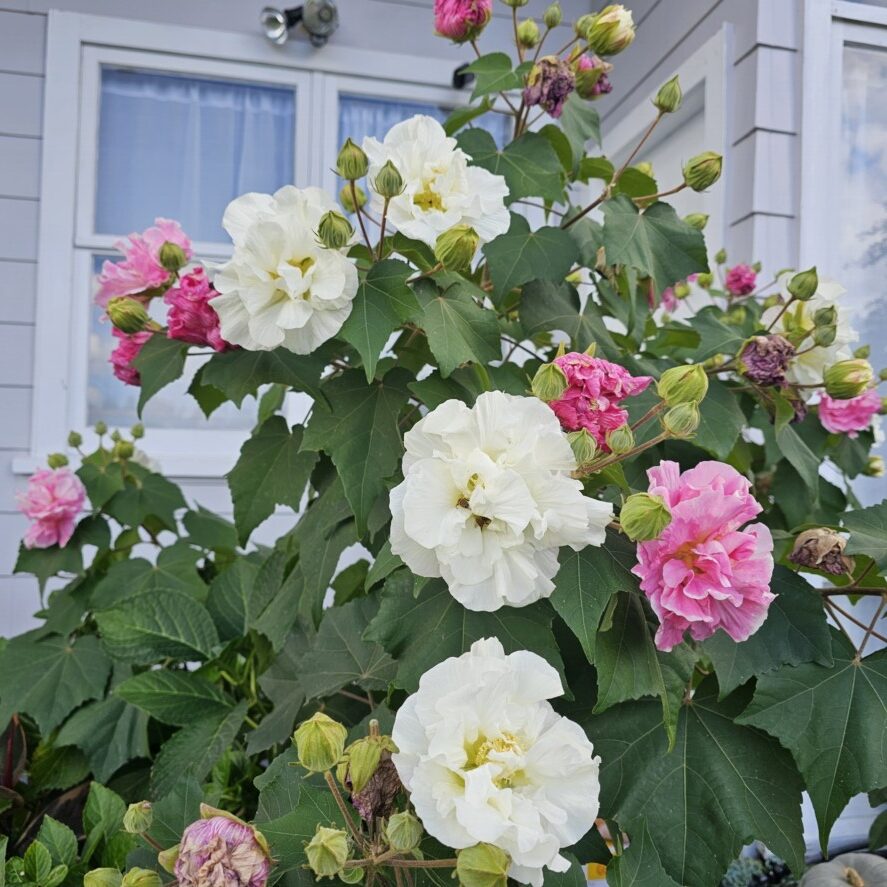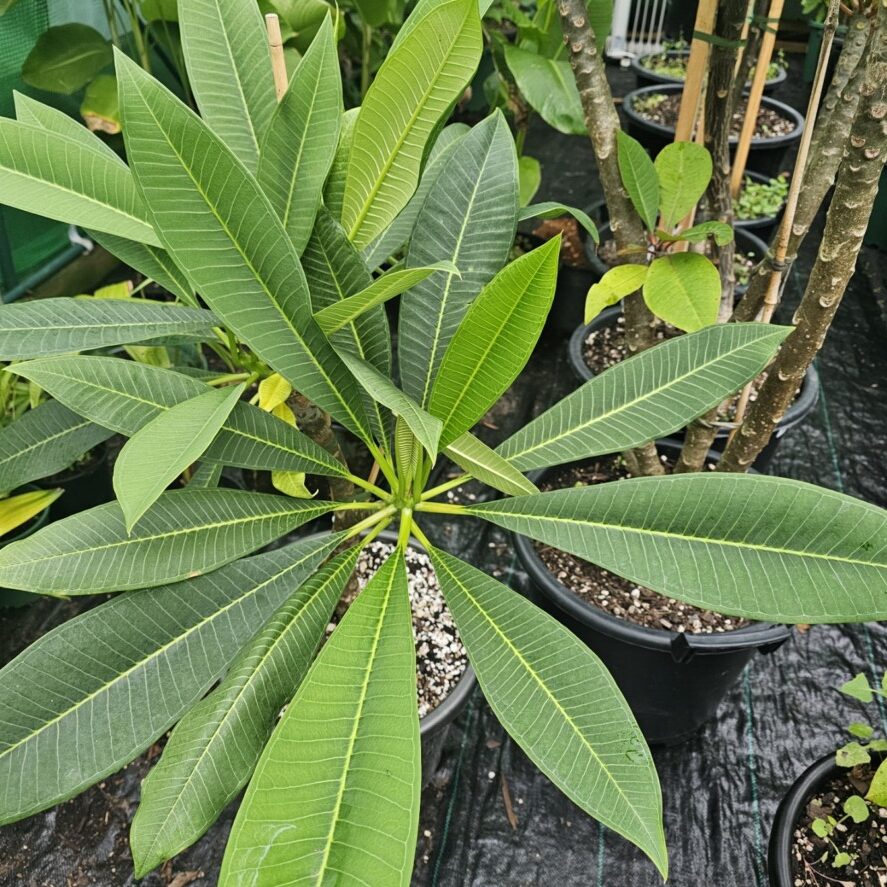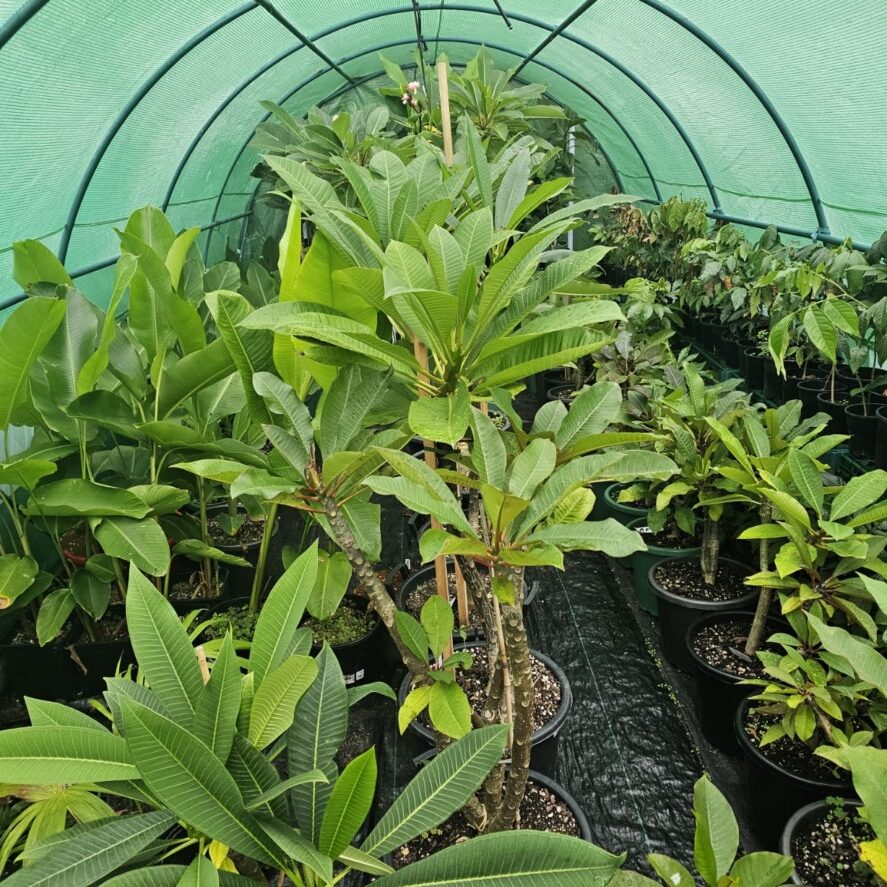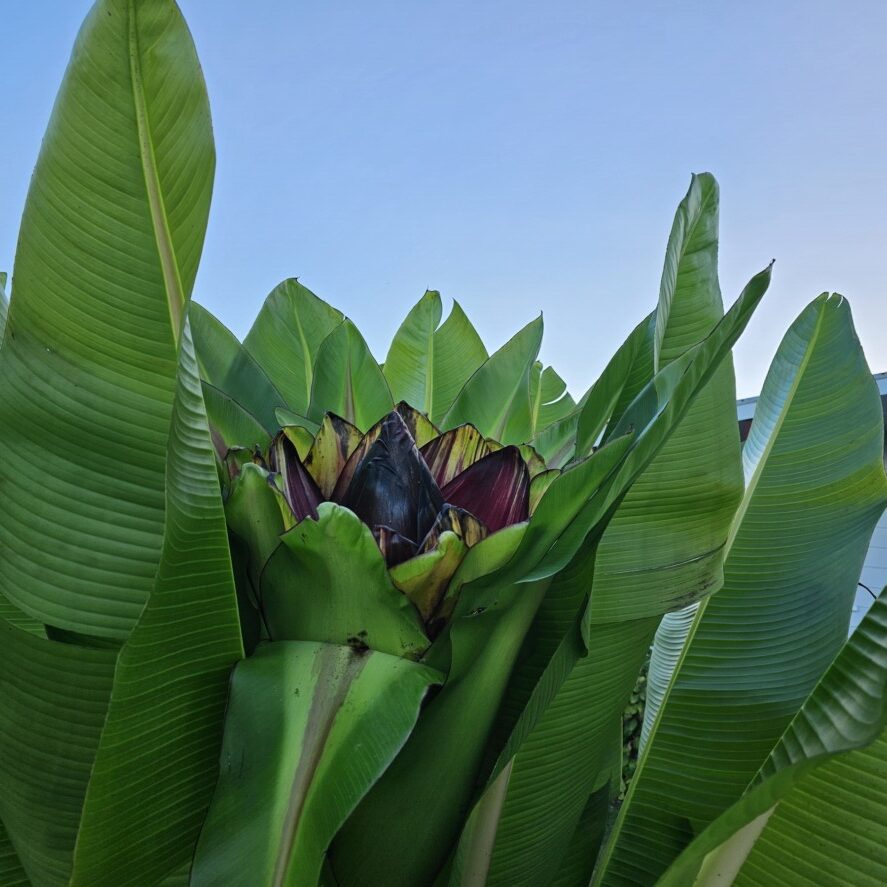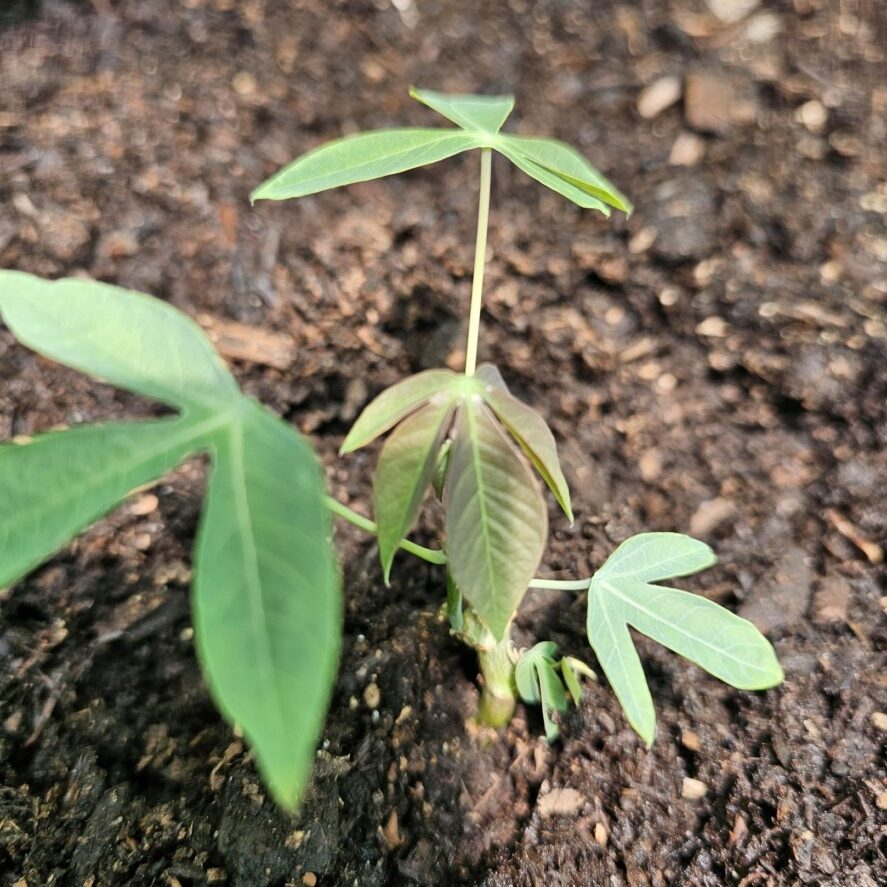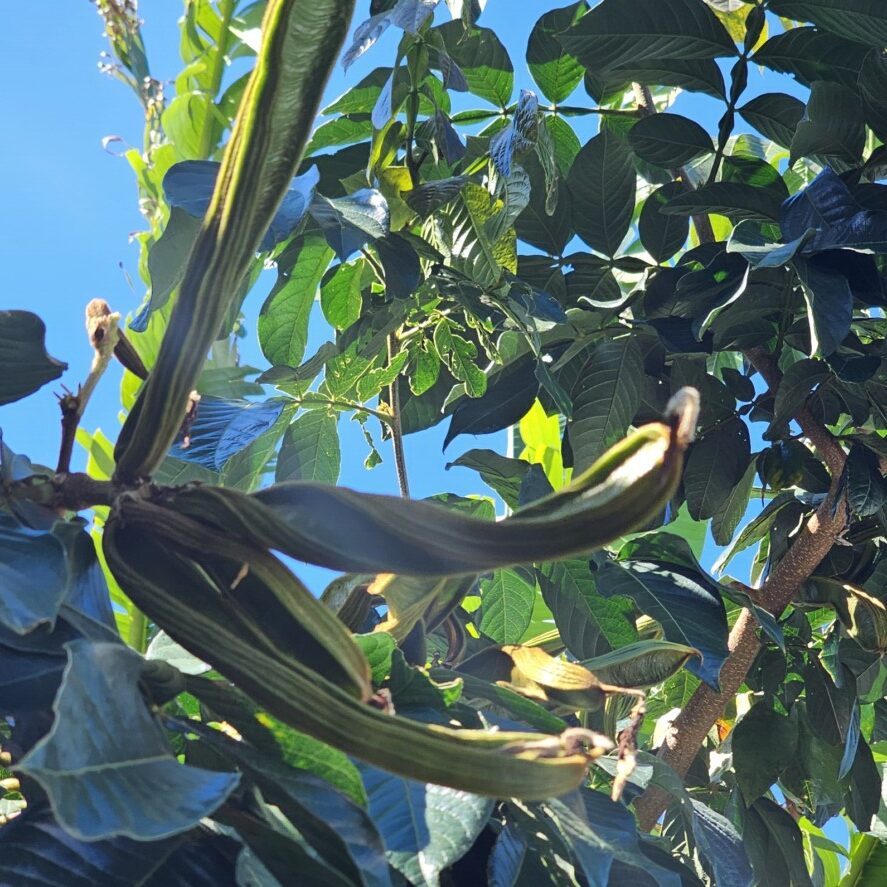-
Troppo Plant & Garden Articles
- Te Puke Region
- TROPPO’s Food Forest in Te Puke, BOP (www,foodforest.org.nz)
- Troppo’s Plant Collection
- TROPPO's Nursery Directory
- Food Forests of New Zealand (www.foodforests.nz)
- Nursery Map - Plant Suppliers of NZ Directory (www.nurserymap.nz)
- Kids Garden Corner
- New Zealand Garden Bird Survey
- New Zealand Garden Groups
- Delicious Recipes
Cultivating Passionfruit in Te Puke: Tips for Abundant Harvests (Including My Favourite!)
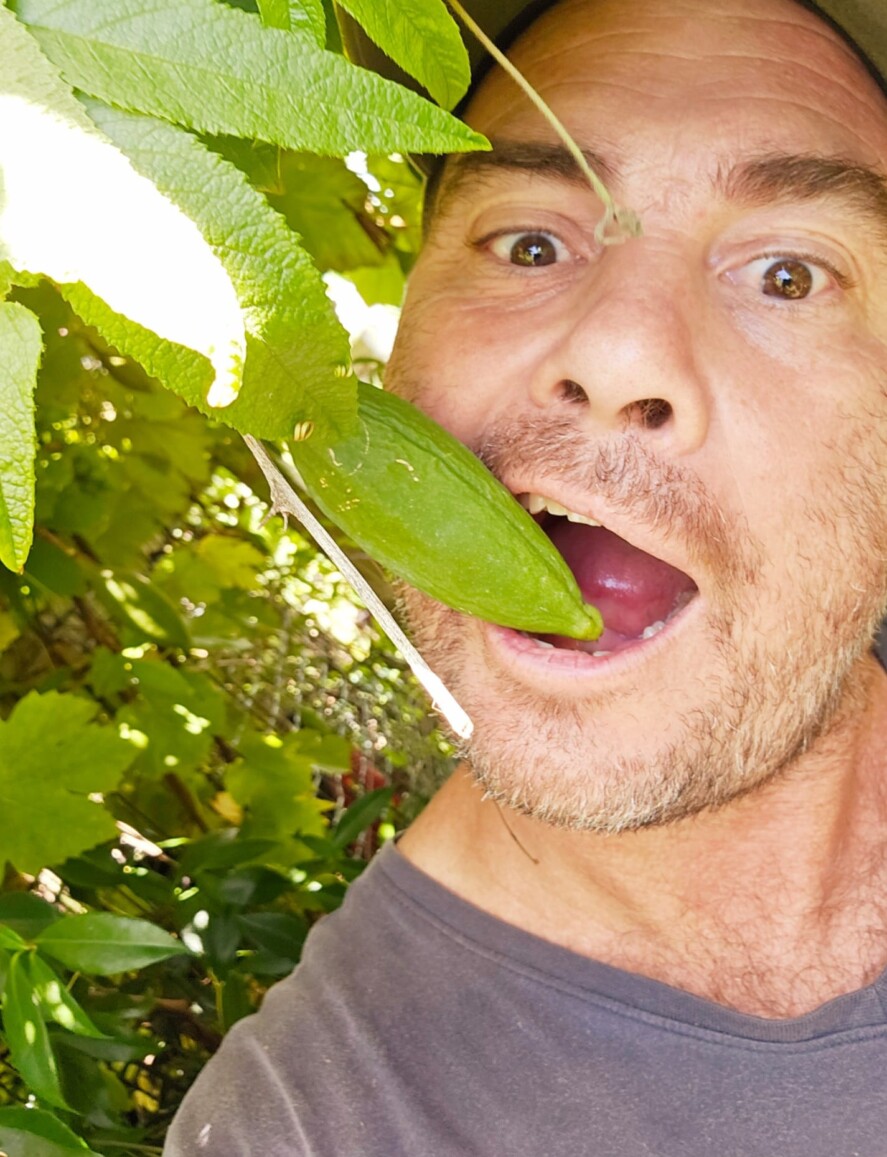
Welcome to the lush world of passionfruit growing right here in our beautiful Te Puke! At Troppo.nz, we’re passionate about helping you bring the taste of the tropics to your own backyard. Passionfruit, with its vibrant flavour and exotic aroma, thrives in our Bay of Plenty climate, offering the potential for truly rewarding harvests. And personally, my absolute favourite among them is the Golden Passionfruit – its unique sweet-tart flavour and beautiful yellow hue are simply irresistible! Whether you’re a seasoned gardener or just starting out, this guide will provide you with the essential tips and tricks to cultivate healthy vines and enjoy an abundance of delicious fruit, perhaps even discovering the joys of the golden variety yourself!
1. Choosing the Right Variety (Including the Golden Delight!) for Te Puke:
While several passionfruit varieties exist, some are better suited to our local conditions than others. The reliable ‘Black Beauty’ passionfruit is a common and excellent choice for Te Puke, known for its vigour, flavour, and cold tolerance. ‘Pandora’ (a hybrid) also performs well, offering disease resistance and high yields. However, if you’re looking for something truly special, I highly recommend exploring the Golden Passionfruit (Passiflora edulis flavicarpa). Its bright yellow skin and distinctively sweet yet tangy pulp make it a standout. While it might be slightly less cold-hardy than ‘Black Beauty’, with a sheltered location and a little extra care, it can absolutely thrive in Te Puke and reward you with its exceptional flavour. Consider visiting local nurseries to see what varieties they recommend and have available, and don’t hesitate to ask about the Golden Passionfruit! They’ll have the best insights into what’s currently thriving in our region.
2. Finding the Perfect Spot:
Passionfruit vines, including my beloved Golden variety, are sun-loving climbers, so choosing the right location is crucial for a bountiful harvest. Here’s what to look for:
- Plenty of Sunshine: Aim for a spot that receives at least 6-8 hours of direct sunlight each day. More sun equals more flowers and, ultimately, more fruit – this is especially important for the Golden Passionfruit to develop its full sweetness.
- Well-Drained Soil: Just like other varieties, Golden Passionfruit roots don’t like to sit in soggy soil. Ensure your chosen spot has good drainage. If your soil is heavy clay, consider amending it with compost and sand to improve drainage for all your passionfruit.
- Protection from Strong Winds: While Te Puke generally enjoys mild weather, strong winds can damage young vines, flowers, and developing fruit, including the delicate blooms of the Golden Passionfruit. Choose a sheltered location, perhaps near a fence or wall, or consider providing temporary windbreaks when plants are young.
- Support Structure: All passionfruit are climbers and need a strong trellis, fence, or pergola to grow on. Install this support before planting to avoid disturbing the roots later. Ensure it’s sturdy enough to handle the weight of a mature vine laden with fruit, whether it’s the classic purple or the radiant golden variety.
3. Planting Your Passionfruit (Including the Golden One!):
The best time to plant passionfruit in Te Puke is generally in spring or early summer, after the risk of frost has passed. This applies to all varieties, including my cherished Golden Passionfruit. Here’s a simple guide:
- Prepare the Soil: Dig a hole twice as wide and as deep as the root ball of your plant. Amend the soil with compost to improve fertility and drainage, which is vital for the slightly more delicate Golden Passionfruit.
- Carefully Remove the Plant: Gently take the passionfruit plant out of its container, being careful not to damage the roots.
- Planting Depth: Place the root ball in the center of the hole, ensuring the top of the root ball is level with the surrounding soil.
- Backfill and Water: Fill the hole with the amended soil, gently firming it around the base of the plant. Water thoroughly after planting, giving your new Golden Passionfruit a good start.
- Mulch: Apply a layer of organic mulch (like wood chips or straw) around the base of the plant, keeping it a few centimeters away from the stem. This helps retain moisture, suppress weeds, and regulate soil temperature, benefiting all passionfruit varieties.
4. Watering and Feeding for Healthy Growth (Especially for Golden Passionfruit):
- Watering: Young passionfruit vines, including the Golden variety, need consistent watering, especially during dry periods. Once established, they are relatively drought-tolerant, but regular watering during flowering and fruit development is essential for a good harvest. Water deeply but infrequently, allowing the soil to dry out slightly between waterings. Pay close attention to your Golden Passionfruit, as consistent moisture will contribute to juicy and flavourful fruit.
- Feeding: Passionfruit are heavy feeders. During the growing season (spring and summer), feed your vine every 4-6 weeks with a balanced organic fertilizer. Look for one that is higher in potassium during flowering and fruiting to encourage fruit production in all varieties, including the Golden Passionfruit which boasts a unique and delicious flavour profile when well-nourished. Avoid excessive nitrogen, which can promote leafy growth at the expense of flowers and fruit.
5. Training and Pruning Your Vine (Keeping the Golden One Tidy!):
- Training: As your passionfruit vine grows, gently train the main stems along your chosen support structure. Tie them loosely with soft twine or plant ties. Encourage lateral growth, as this is where the flowers and fruit will develop, whether it’s the classic purple or the sunny yellow of my favourite.
- Pruning: Regular pruning is important for maintaining a manageable vine, improving airflow, and encouraging fruiting in all passionfruit types.
- Light Pruning: Throughout the year, trim any dead, diseased, or tangled growth.
- Heavy Pruning: After the main fruiting season (typically late autumn/early winter in Te Puke), you can prune more heavily. This encourages new growth for the following season. Prune back some of the older, less productive laterals. Avoid heavy pruning during the active growing season for all your vines, including the Golden Passionfruit.
6. Pollination for Fruit Set (Ensuring Golden Goodness!):
Passionfruit flowers are typically pollinated by bees and other insects. However, sometimes pollination can be insufficient, leading to poor fruit set. This can affect all varieties, including my precious Golden Passionfruit. You can encourage pollination by:
- Attracting Bees: Plant flowering herbs and other bee-friendly plants nearby to attract pollinators to all your passionfruit.
- Hand Pollination: If you notice poor fruit set, you can try hand-pollinating the flowers. Use a small, soft brush to transfer pollen from the anthers (the pollen-bearing part) of one flower to the stigma (the receptive part) of another. Do this in the morning when the flowers are fully open and the pollen is fresh. This can be particularly helpful for ensuring a good crop of Golden Passionfruit.
7. Pest and Disease Management:
While passionfruit are generally resilient, they can occasionally be affected by pests and diseases. Keep an eye out for common issues like:
- Passionvine Hopper: These small, sap-sucking insects can weaken the vine. Control them with insecticidal soap or neem oil, regardless of the passionfruit variety.
- Scale: These tiny, immobile insects attach themselves to stems and leaves. Scrape them off or use horticultural oil on all affected vines.
- Fungal Diseases: Good airflow and proper watering can help prevent fungal diseases in all your passionfruit plants. If you notice any signs of fungal infection (e.g., leaf spots), remove affected parts and consider using a fungicide if necessary.
8. Harvesting Your Bountiful Crop (Including the Golden Jewels!):
Patience is key! Passionfruit typically take 6-12 months from planting to produce their first fruit. The fruit is ripe when it changes colour (usually to a deep purple or, in the case of my favourite, a beautiful golden yellow) and falls to the ground or can be easily detached with a gentle tug. Collect the fallen fruit regularly to prevent spoilage. The slightly wrinkled skin indicates peak sweetness – this is a sign of deliciousness for both purple and golden passionfruit!
Enjoy the Fruits of Your Labour (Especially the Golden Ones!)!
Growing passionfruit in Te Puke, especially the delightful Golden variety, can be a truly rewarding experience. By following these tips and paying attention to your vine’s needs, you can look forward to enjoying an abundance of delicious, homegrown passionfruit. Imagine the fresh juice, flavourful desserts, and exotic additions to your meals – perhaps even showcasing the unique taste and colour of the Golden Passionfruit! All thanks to your green thumb!
Happy growing from the team at Troppo.nz!
#Passionfruit #GoldenPassionfruit #TePukeGardening #HomegrownFruit #TropicalFruit #BayOfPlenty #NewZealandGardening #GrowYourOwn #FruitGrowingTips #TroppoNZ




